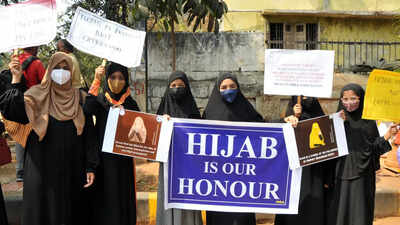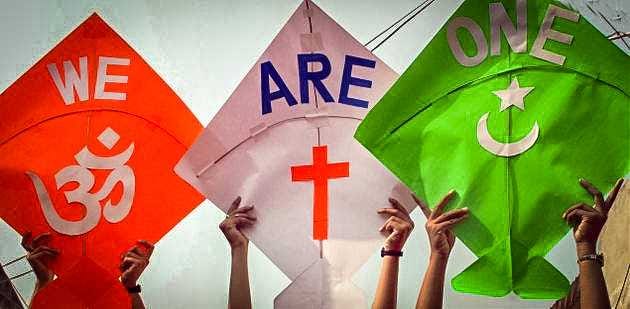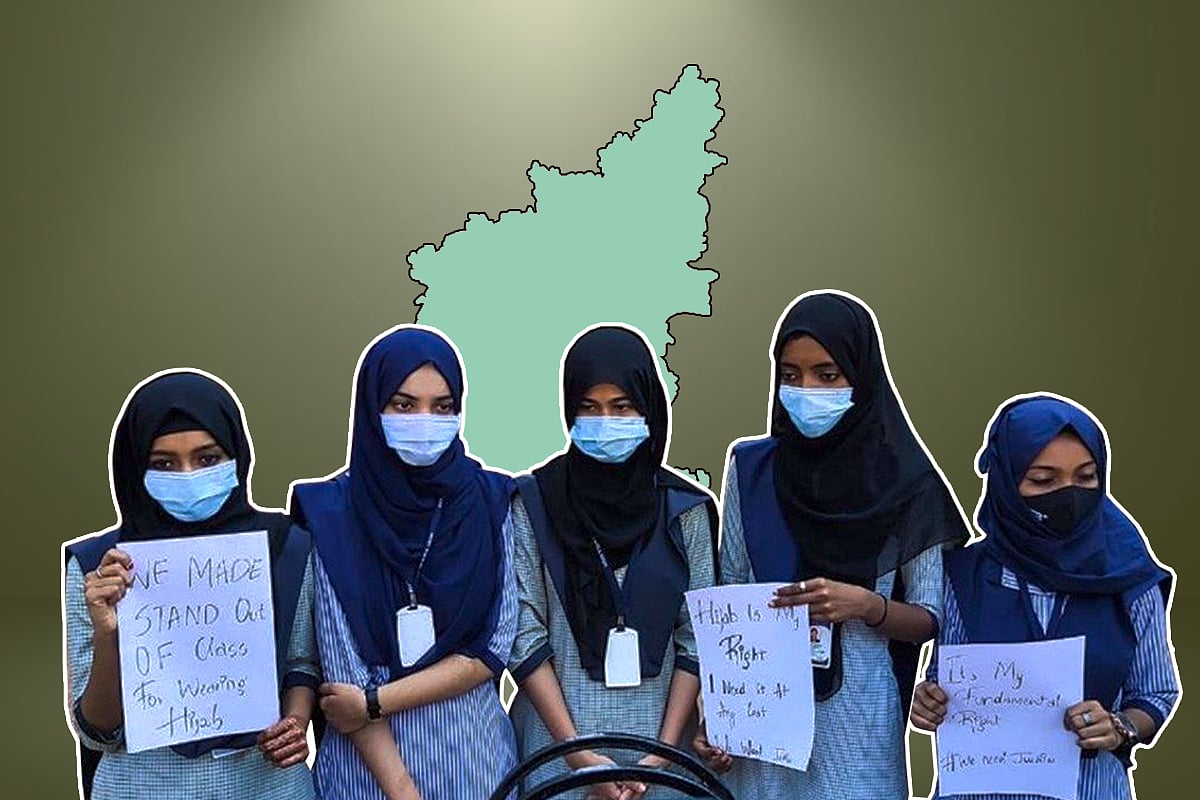Case Study 1.0
HC KARNATAKA PASSED THE VERDICT ON HIGHLY CONTROVERSIAL CASE 'HIJAB BAN', DISAPPROVED BY MUSLIM STUDENTS!
They closed the case in favour of government saying that wearing a Hijab in Islam is not an 'Essential Religious Practice', to which the petitioners protested. The students were against the verdict taken by the judiciary. Let us now dig and know the actual story from the scratch.

The group of muslim students in the university primarily were incarcerated to attend the classes and were told not to conduct any religious activity on campus i.e wearing a Hijab. Later the Muslim girls echelon were marked absent in the lectures straight for 2-3 weeks.

The group of students took the affair further to the higher authority in the state and filed a petition under Article-25 and Article-19. In contrast to the Muslim students, the Hindu started protesting severely by wearing saffron scarves to the university. All these small protests turned out creating a great havoc in the state leading to many mob attacks on the rivalry group at the end leading to civil chaos.
)
THE VERDICT: EXPLAINED
According to the judiciary wearing the Hijab is not a compulsion in Islam. The authorities justified that wearing the hijab does not come under the ERP or the Essential Religious Practice.The judgement states The Surahs of The holy Quran which clearly nowhere mentions the compulsion of wearing a Hijab.

"O you Children of Adam! We have bestowed on you raiment to cover your shame as well as to be an adornment to you. But the raiment of righteousness, that is the best. Such are among the Signs of Allah, that they may receive admonition.” (Quran 7:26). “And say to the believing women that they should lower their gaze and guard their modesty; that they should not display their beauty and ornaments except what must ordinarily appear therof; that they should draw their veils over their bosoms and not display their beauty except to their husbands, their fathers, their husbands' fathers, their sons, their husbands' sons, their brothers, or their brothers' sons or their sisters' sons, or their women or the servants whom their right hands possess, or male servants free of physical needs, or small children who have no sense of the shame of sex, and that they should not strike their feet in order to draw attention to their hidden ornaments. And O you Believers, turn you all together towards Allah, that you may attain Bliss.” (Quran 24:31).
The above mentioned surahs justifies that the muslim females are vowed to protect their dignity and modesty. The surahs nowhere mentions the compulsion of wearing a Hijab. Hence according to the judiciary this practise doesn't count in an ERP. An ERP is one of those religious practices whose cessation will lead to the destruction of the religion itself. Wearing the Hijab must be a practise of the culture but not religion, the state government stated.
On the other hand, the officials dismissed all the petitions filed by students against the school asking them to wear dress code by saying that the school works as a singular institution which collectively includes the teacher, the students and the dress code. This practice has been going on since Gurukul times.
 |
The school uniform creates an emotion of equality among the students despite of all different backgrounds, religion, and the groups they come from. It creates a strong sense of brotherhood. A school, Gurukul, University or any learning platform is a place where students have to be more logical and scientific rather than being religious and this can only be followed with the code of conduct that each student abides by.

TO CONCLUDE
Imposition of a dress code is a reasonable restriction and does not offend constitutionally protected rights as it is ‘religion-neutral’ and ‘universally applicable’ to all students. The dress code in fact promotes the principles of secularism. Further, the Court also stated that the Muslim students were challenging the violation of ‘derivative rights’ and not their ‘substantive rights’.
Comments
Post a Comment